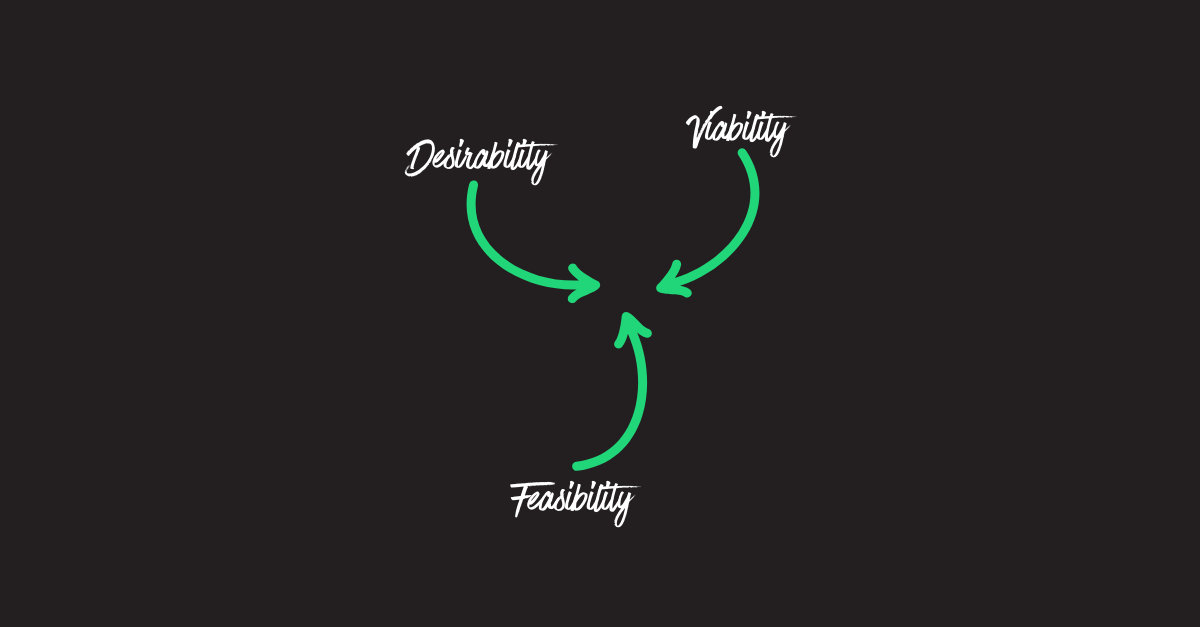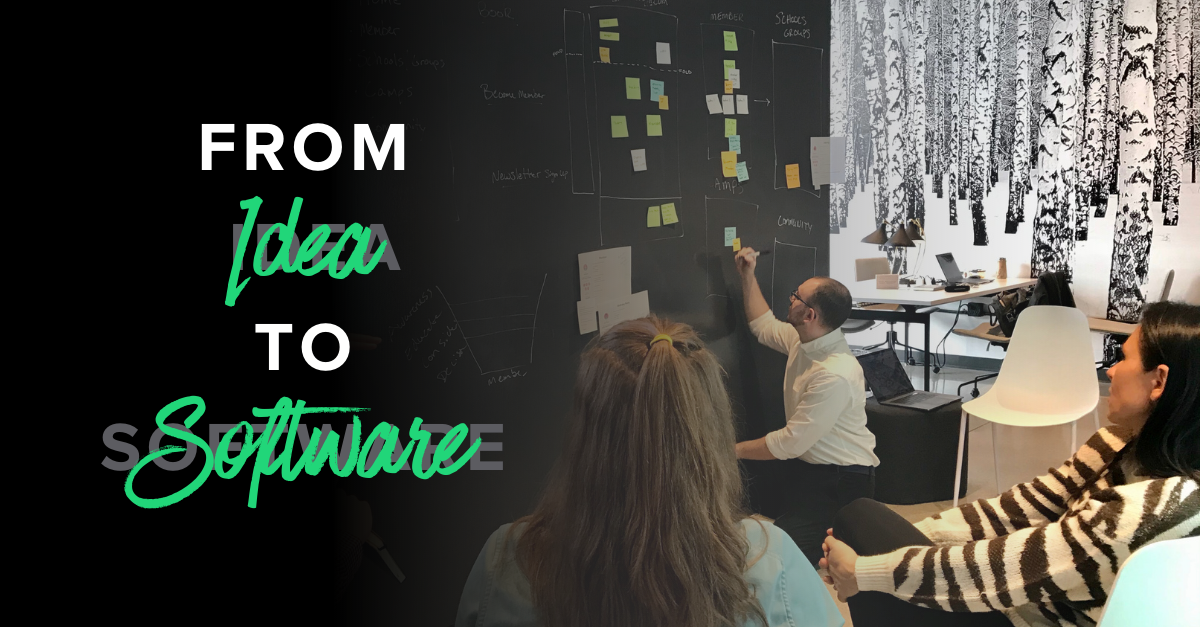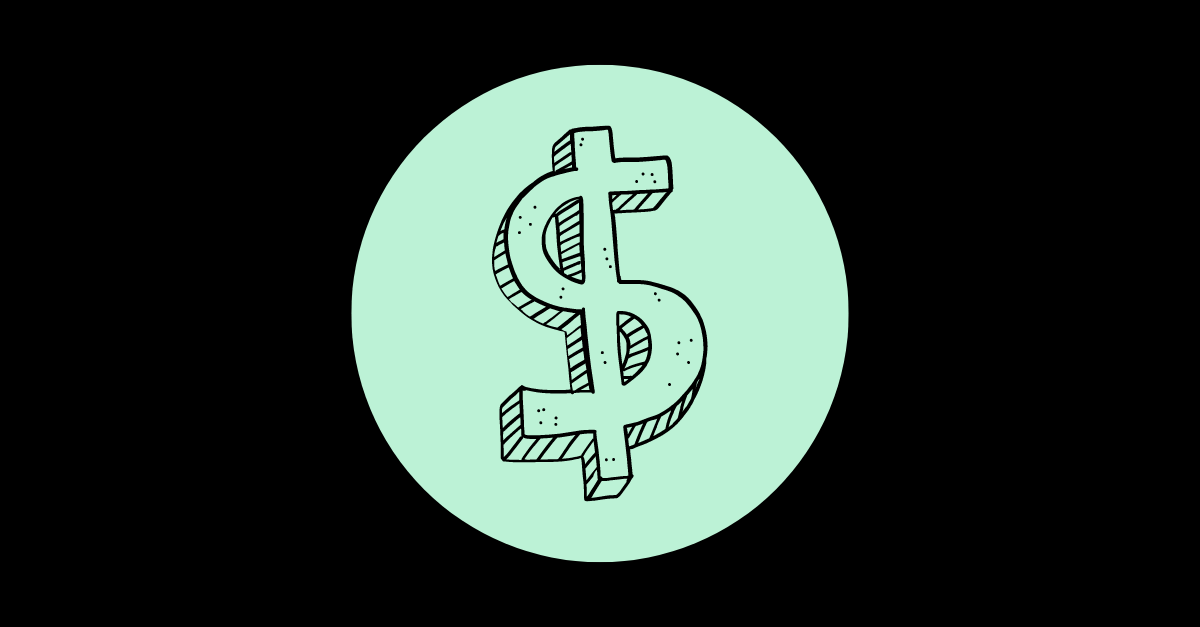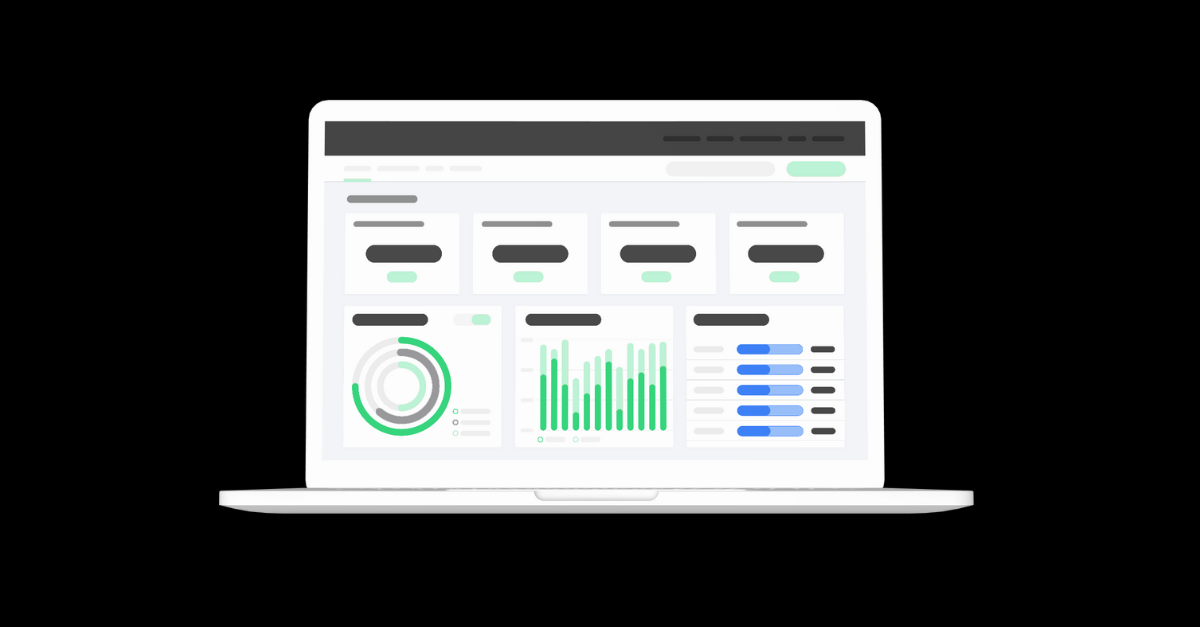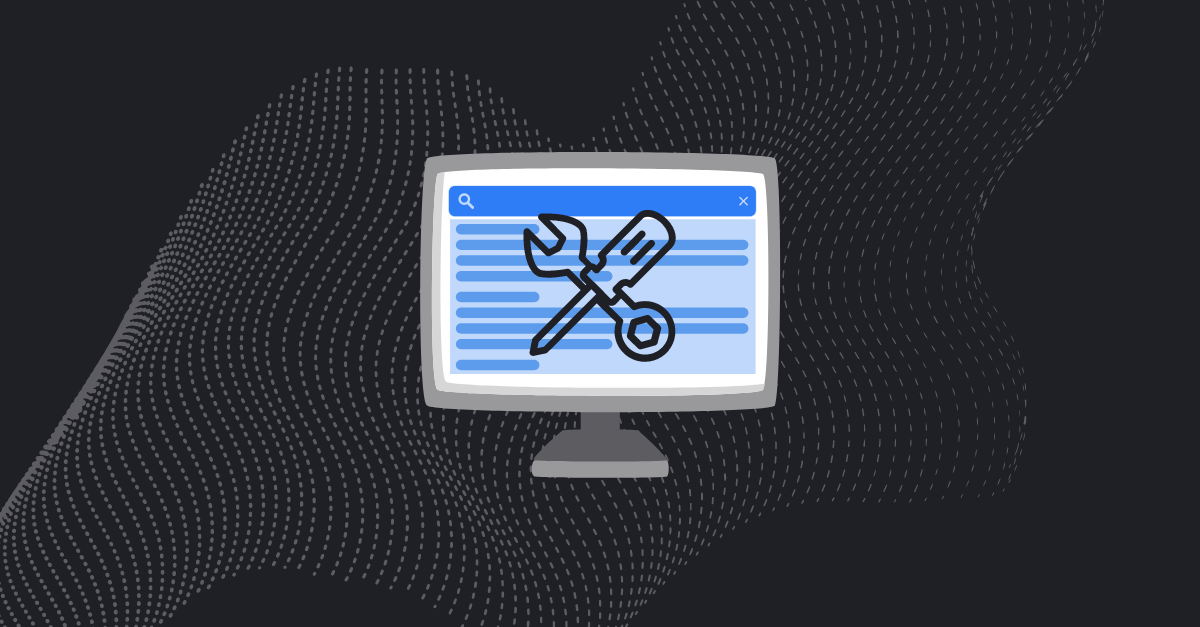“Design thinking” isn’t really about design. At least, it isn’t about aesthetics like colors, fonts, page layout, or pixels.
Instead, design thinking is a problem-solving framework to understand what truly matters to the humans using the thing that you’re making (in this case, software).
It’s what leads to better:
- Prioritization of the right software features
- A user-friendly design that leads to higher user adoption rates
- Faster ROI for your business
Sounds appealing, right? Let’s dive into what design thinking is (and isn’t) and how it’s used to create successful software products that users WANT and love.
What is “Design Thinking”?
Designing software is tricky. Most of the time, products have features that are based on the wrong things – like businesses only imagining what they think a user needs or relying too heavily on pixel-perfect designs.
To avoid those common pitfalls, design thinking is a framework for creative problem solving. At its core, it encourages innovation by focusing on what a human really desires.
According to IDEO– the firm often credited for inventing the practice– defines it as:
“Design thinking is a human-centered approach to innovation that draws from the designer’s toolkit to integrate the needs of people, the possibilities of technology, and the requirements for business success”
– Tim Brown, Executive Chair of IDEO
This problem-solving approach can be used for a wide-range of problems – everything from physical products to the design of non-physical products like software, services, and even corporate cultures.
However it’s used, there are three key principles that underpin design thinking. Align all three and the result is a successful product.
- Desirability (from the standpoint of the users),
- Viability (financially sustainable), and
- Feasibility (technically possible).
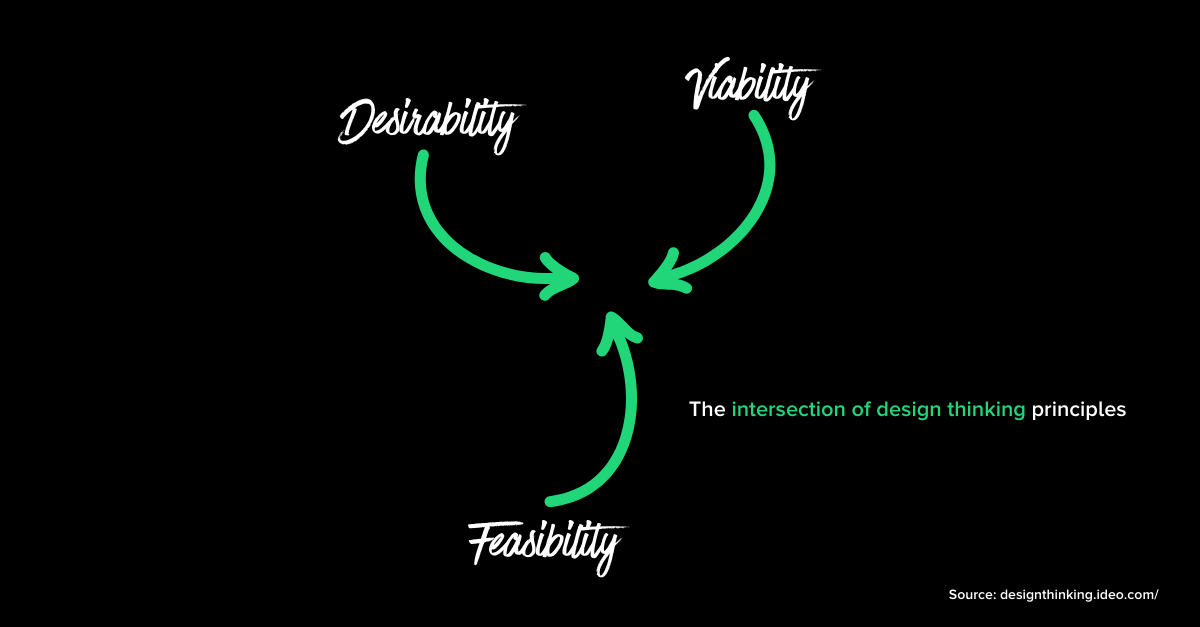
But what area do you think is the hardest to solve for?
It’s desirability, or what’s desirable from the user’s point of view. That is, most products fail because the market doesn’t want them.
So that’s where the design thinking process starts: with your users.
A Human-Centered Approach (Not Visionary-Centered)
As mentioned, design thinking is a human-centered process. If that doesn’t mean anything to you, don’t worry. You can think of it like anthropology.
Anthropologists study what real human beings actually do. They are people researchers. They glean insights by carefully observing people and listening to them. And ideally, they do so with an open mind and a sense of curiosity.
And that’s how the design thinking process also starts: by researching users. It involves asking questions and observation of actual users encountering problems, getting confused, getting stuck, etc.
The goal is to find the real problems and concerns that users have. That way, when you start building potential solutions, you keep these problems front and center and aren’t misled or distracted by the wrong things.
This human-centered approach contrasts with the common visionary-centered (or technology first) approach. That’s when a founder has a vision for something he or she thinks is awesome and they assume the market will love it just as much.
Sometimes they’re right. But most of the time they aren’t– and their product isn’t really loved by users and doesn’t lead to long-term success.
In contrast, design thinking focuses on finding the real user need first, and then building a solution that is 1) desirable, 2) viable, and 3) feasible to meet it.
Steps of the Design Thinking Framework
When following the design thinking framework, here’s the main steps that you take.
- Empathize with the users. Get an in-depth understanding of users through research.
- Define the problem. The real problem might not be what you initially think it is.
- Ideate new potential solutions. Think outside the box and generate many potential ways to solve the problem.
- Prototype. Build prototypes in order to learn.
- Test. Quickly get feedback on your prototypes from users.
Principles 3-5 especially are meant to be iterative. As you generate ideas and solutions, you should readily test them with users to validate them. Design thinking helps you “build your way forward.’
Design Thinking in Practice: Turning an Idea into a Software Product
While this framework puts a heavy emphasis on user experience, it does equally solve for solutions that are also financially and technically feasible to build.
Not all companies have hundreds of thousands or millions of dollars to spend on creating software products. But a smaller budget doesn’t have to mean you can’t build a successful product either.
With the right software development partner, you can find a solution that aligns all three areas. Here’s how SPARK puts design thinking into practice during the software development lifecycle.
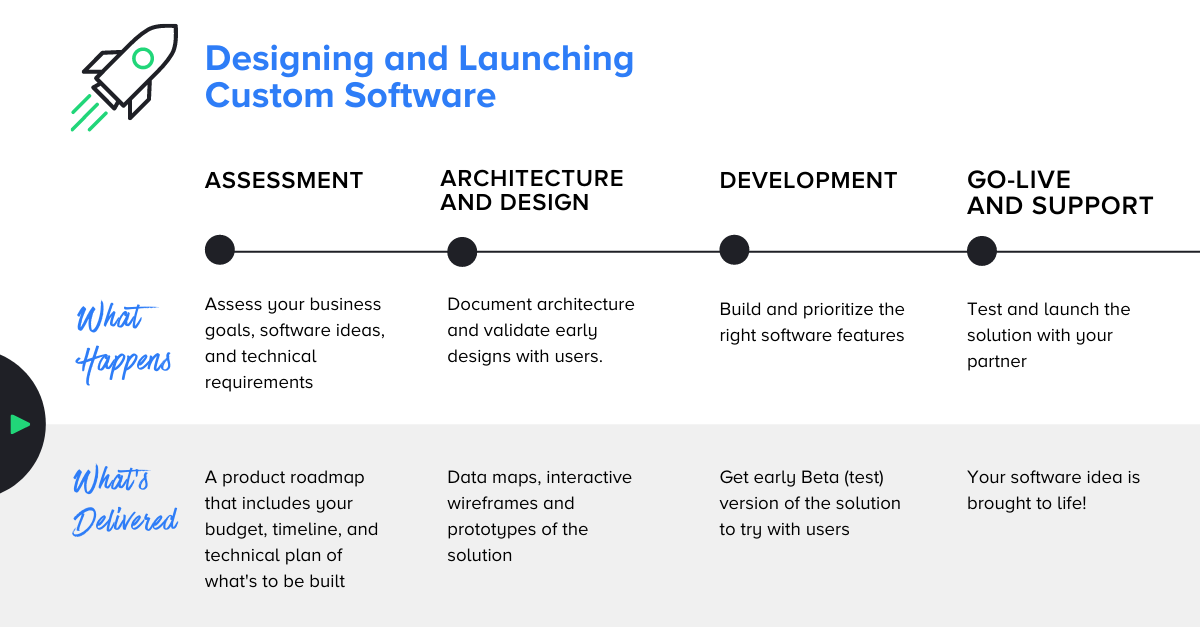
1. Assessment
We start all our projects with an Assessment, or an initial discovery phase. The goal is to create a shared understanding of the budget, timeline, and technical roadmap for the project.
We do this by:
- Define your business and project goals
- Document existing workflows, systems, and data
- Get stakeholder input to identify big and small needs
- Evaluate technology and infrastructure options
During this early stage, we’re also looking for any roadblocks or potential issues that need to be addressed proactively.
Does this process sound familiar? From the start of the project, we’re considering the three main principles of design thinking: 1) business/user need 2) financial resources and 3) technical feasibility.
Learn more about SPARK’s assessment process.
 SPARK Tip: It makes no sense to spend time and money on a custom business tool that your users won’t adopt. During the assessment stage, you should engage your stakeholders for their ideas and feedback. Including them from the beginning can go a long way in getting buy-in and adoption later.
SPARK Tip: It makes no sense to spend time and money on a custom business tool that your users won’t adopt. During the assessment stage, you should engage your stakeholders for their ideas and feedback. Including them from the beginning can go a long way in getting buy-in and adoption later.
2. Architecture / Design Planning
Like the design thinking framework, the next phase is centered on the desired user experience. Before writing any code, we use our innovation playbook that includes different activities and workshops to understand what users will need out of a product.
These activities can include:
- The 5 Whys – Helps stakeholders dig into the root cause of a problem
- Persona building – Defines who the audience is for the product
- Customer journey Mapping – Shows how users will interact with a product
- Prioritization Mapping – Helps make objective decisions on what features to build first
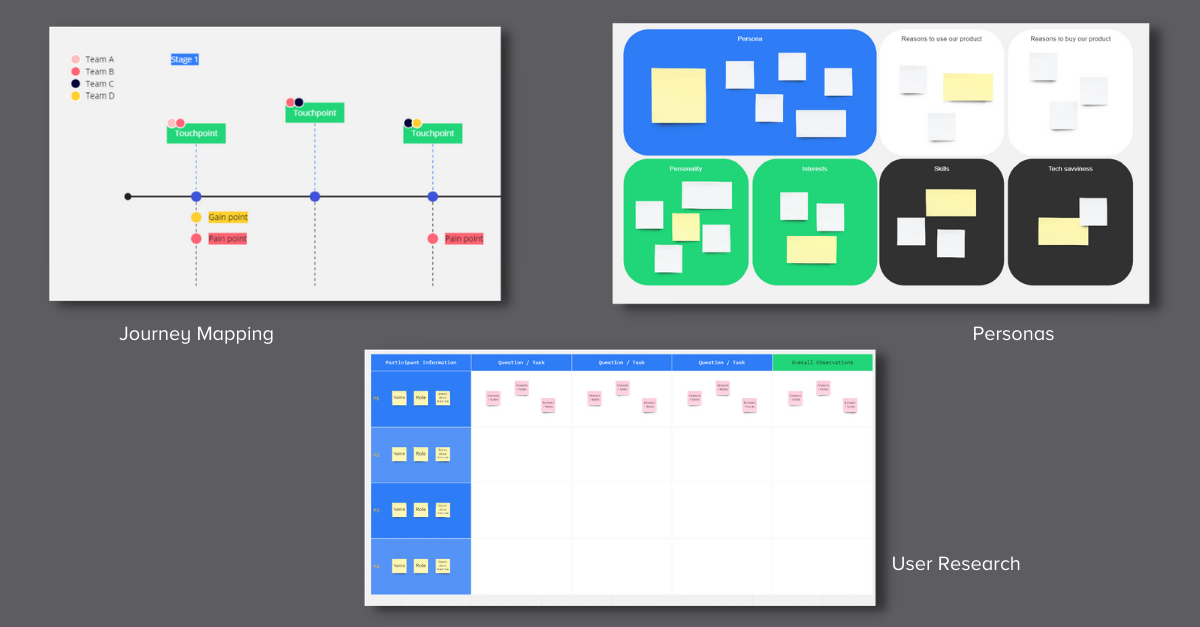
With these findings, we can start to build prototypes and get user feedback. At first, prototypes can be as simple as a stack of sticky notes shown to users. If they don’t like something, change it. If they call out a different need, make a new sticky note.
With each round of feedback, simple drawings turn into sophisticated, clickable prototypes that really show how the product will ‘look and feel”’
 SPARK Tip: At this stage, feedback loops should be fast so you can validate early and often that you’re focusing on the right features. An iterative process is way less risky than spending thousands of dollars and months of dev work upfront, then hoping it’s right.
SPARK Tip: At this stage, feedback loops should be fast so you can validate early and often that you’re focusing on the right features. An iterative process is way less risky than spending thousands of dollars and months of dev work upfront, then hoping it’s right.
3. Development and Testing
Using agile planning methods, we prioritize software features that will have the biggest impact on your business. Developers turn lines of codes into a working software product.
During the development phase, your partner will likely ask you to take part in User Acceptance Testing (UAT), which determines whether the new software system has met the project requirements.
Unlike user testing mentioned above, UAT is for general feedback on the app’s usability and whether it meets the client’s expectations. It’s your chance to get your hands dirty and confirm if the product was built according to plan.
Read more about why User Acceptance Testing is worth your time and effort during development.
4. Launch and Adoption
When design thinking principles are used to develop your product, the final launch phase should be a successful experience.
Why? Because users have already seen early prototypes and provided feedback. And over the past weeks and months of development, you’ve kept their needs front and center of the features you prioritized.
So when it comes time to roll out the new tool, there shouldn’t be any big surprises or drawbacks. Your users should see the value and be excited to use it.
But without the use of design thinking principles, the launch of your new product can quickly fall flat. You have no idea what potential users will think until you show them the finished product. What happens if you build something that isn’t really wanted? It’s back to square one.
 SPARK Tip: Even user-friendly products need a detailed game plan for rollout to your team. Once you’re ready, follow SPARK’s implementation checklist to prepare your team for a smooth transition after going live.
SPARK Tip: Even user-friendly products need a detailed game plan for rollout to your team. Once you’re ready, follow SPARK’s implementation checklist to prepare your team for a smooth transition after going live.
Build User-Friendly Software that Helps Your Business Thrive
Investing in and building software used to be fairly risky. The old way of doing things meant that intended users weren’t really thought of during the development process. And it wasn’t until after months of work and effort that you would find out what users really thought of your idea or product.
To avoid that, you can use design thinking principles to solve the real problems of your users. You’ll craft and build a product with the right features that they will WANT to use.
With some thoughtfulness and the right process, you can turn a once vague software idea into an asset that serves your business for years to come!
Ready to build user-friendly software systems and tools? Reach out to SPARK to see how we can help!
